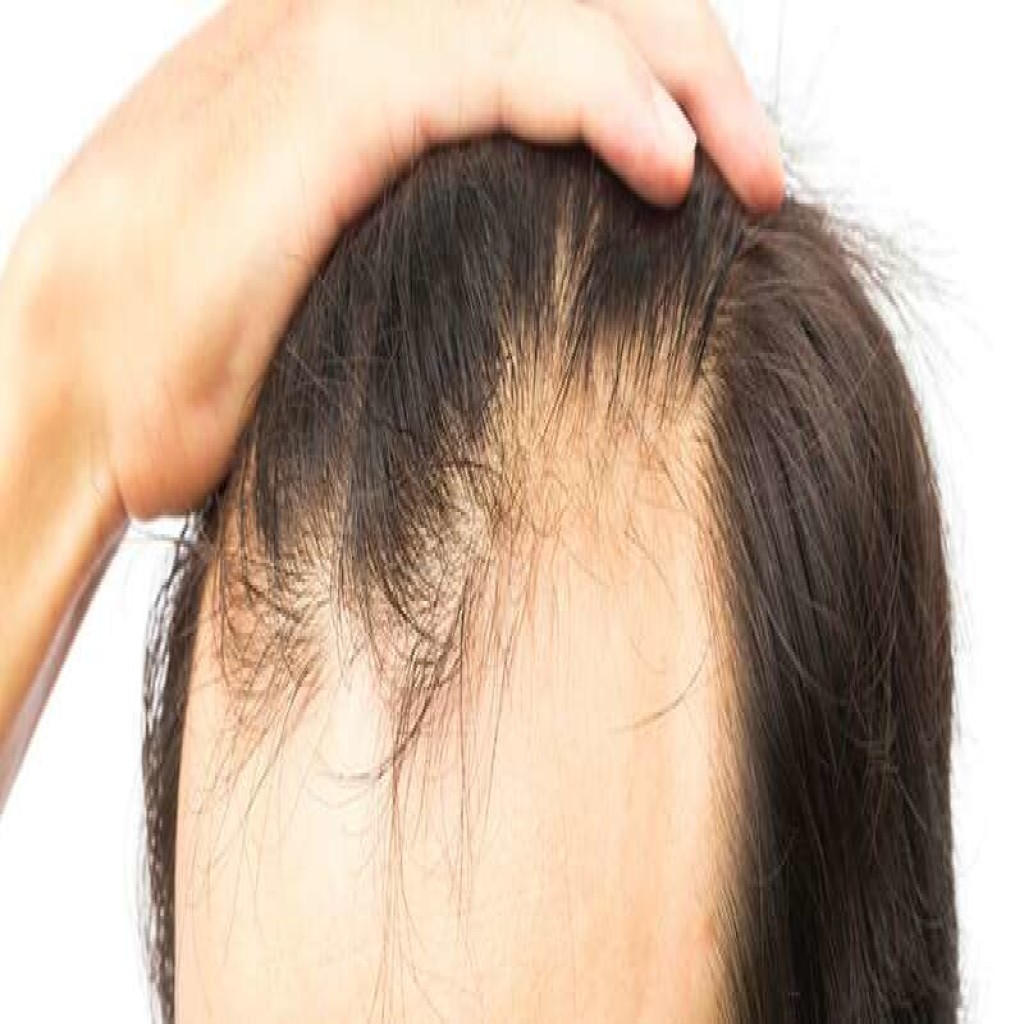The most common cause of hair loss in both men and women is genetics. In fact, heredity accounts for 95% of all the cases of alopecia (baldness) in this country. The remaining 5% of the cases can be due to a number of things, including diet, stress, illness, and medications.
Factors that can cause hair loss include:
- Medications, vitamins, or minerals. Drugs used to treat high blood pressure, heart problems, depression, or gout; chemotherapy or radiation treatment for cancer patients; unusually high levels of vitamin A or low levels of iron or protein; for women, birth control pills can cause hair loss.
- Illness. Thyroid disease, severe infection, or flu; fungus infections such as ringworm of the scalp
For women, childbirth may cause temporary hair loss due to the changes that take place in the body. In some cases, adults or children may have a condition known as trichotillomania, in which there is a compulsion to pull out scalp hair, eyebrow hair, or eyelashes.
What Are the Treatment Options for Hair Loss?
Rogaine (topical minoxidil) and Propecia (finasteride) are the only drugs approved by the FDA to treat pattern baldness (hair loss resulting from hereditary causes).
Rogaine is a topical solution that is applied by directly rubbing it onto the scalp where hair growth is desired. Only about 10% to 14% of the people who try this lotion experience hair growth. However, Rogaine lotion can help to slow hair loss.
Propecia is the first pill that can treat male pattern hair loss. Like all prescription products, it should be given under a doctor's care. While it is effective, if treatment is discontinued, results may not be maintained.
Permanent hair loss can also be treated by hair replacement procedures, such as hair transplantation methods (such as micro-grafting, slit grafting, punch grafting), and by scalp reduction. The type of hair loss as well as the patient's circumstances and desires determine which hair replacement procedures are most suitable.
The patient's blood is separated in a centrifuge, separating platelets and plasma. The plasma, which is injected into areas of hair loss on the scalp for up to two years, helps to repair blood vessels, stimulate collagen production, and promote cell growth. The cost ranges from $500 and $1,000 per injection session.
Early research shows that PRP therapy is safe. Side effects may include minimal pain and redness at the injection site.
